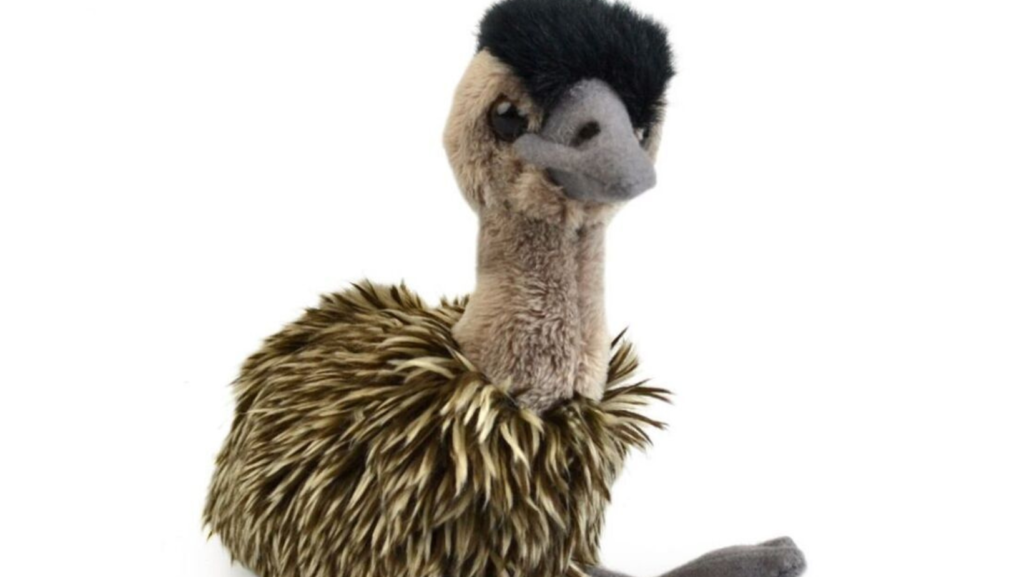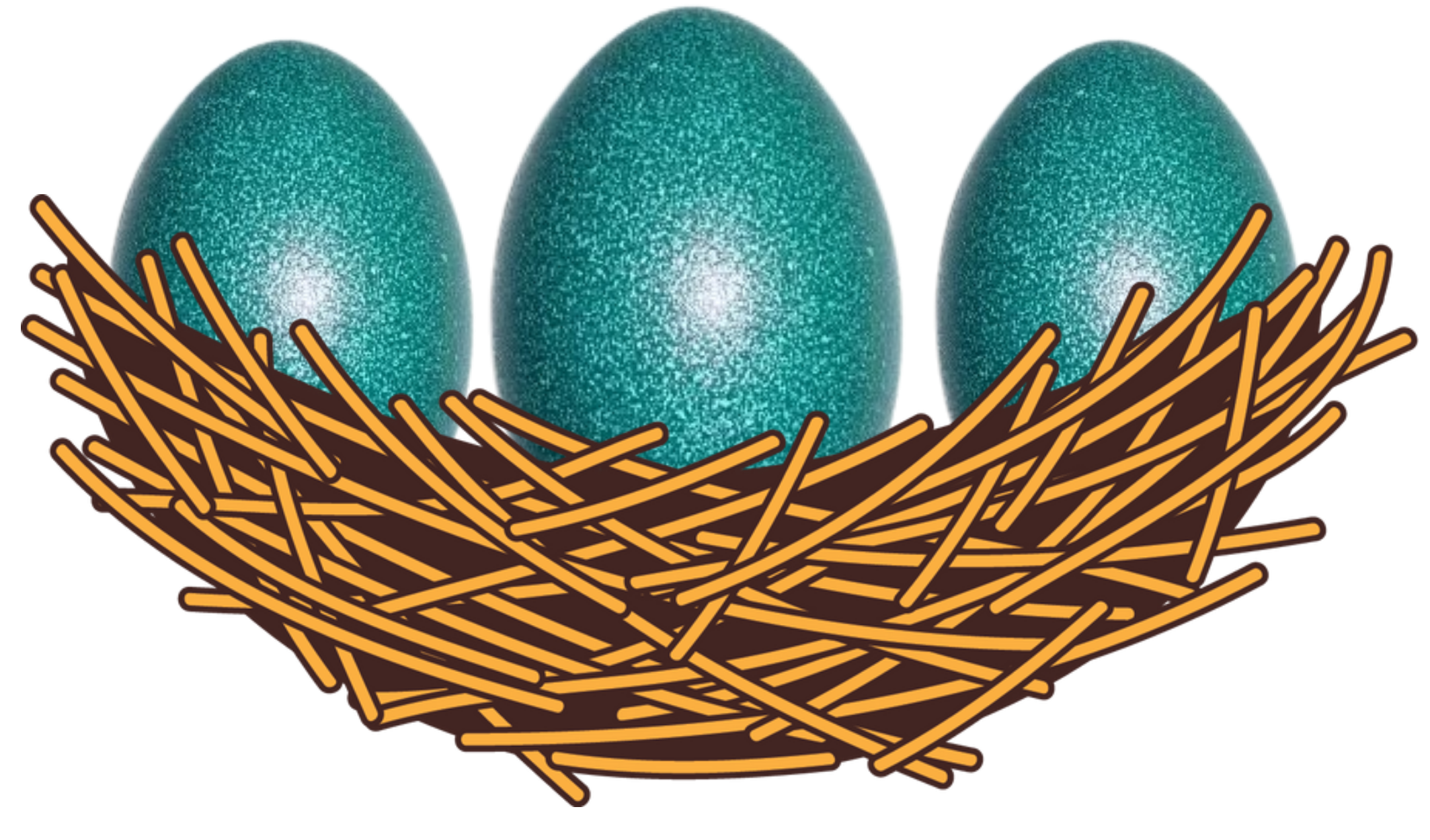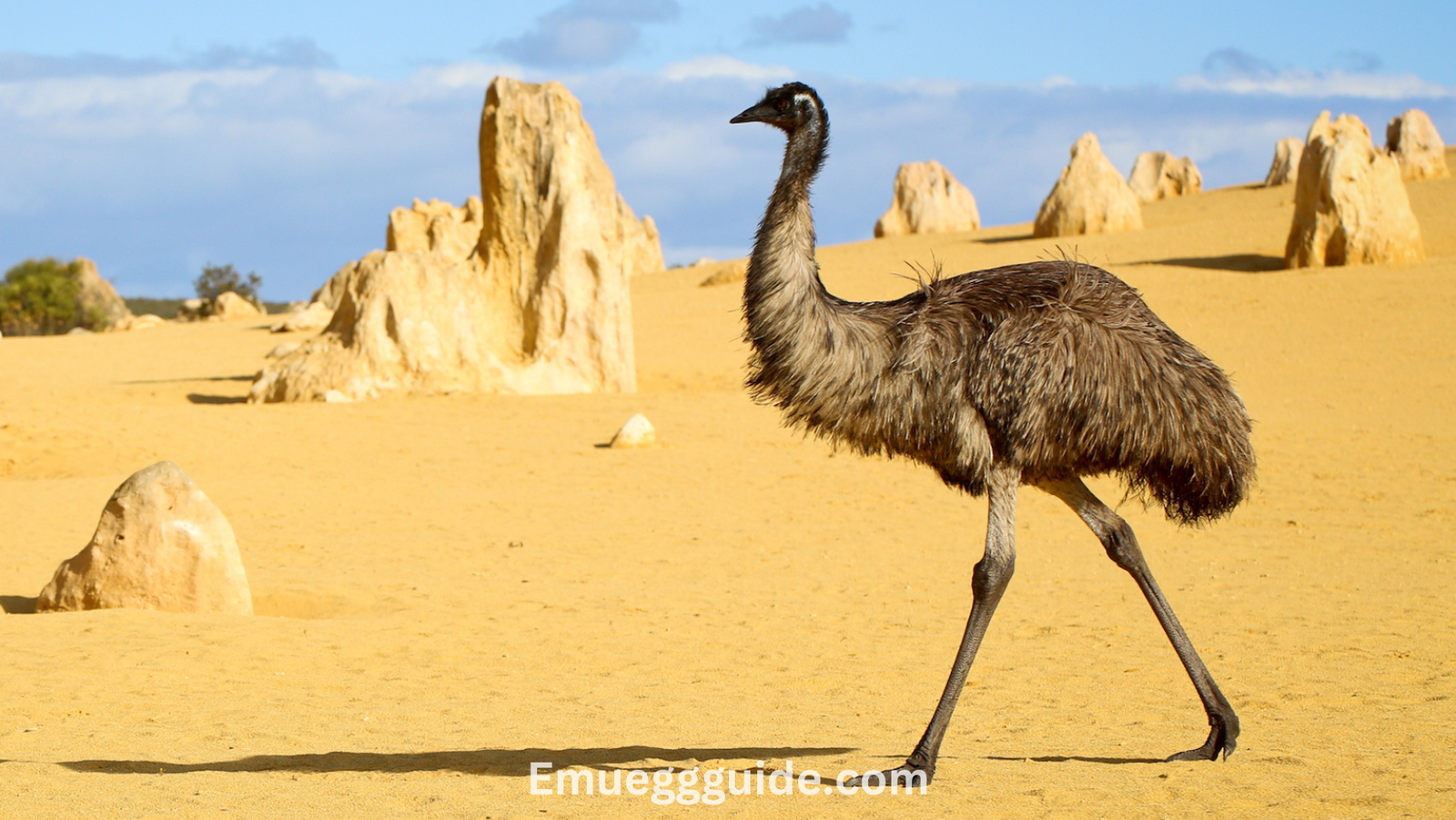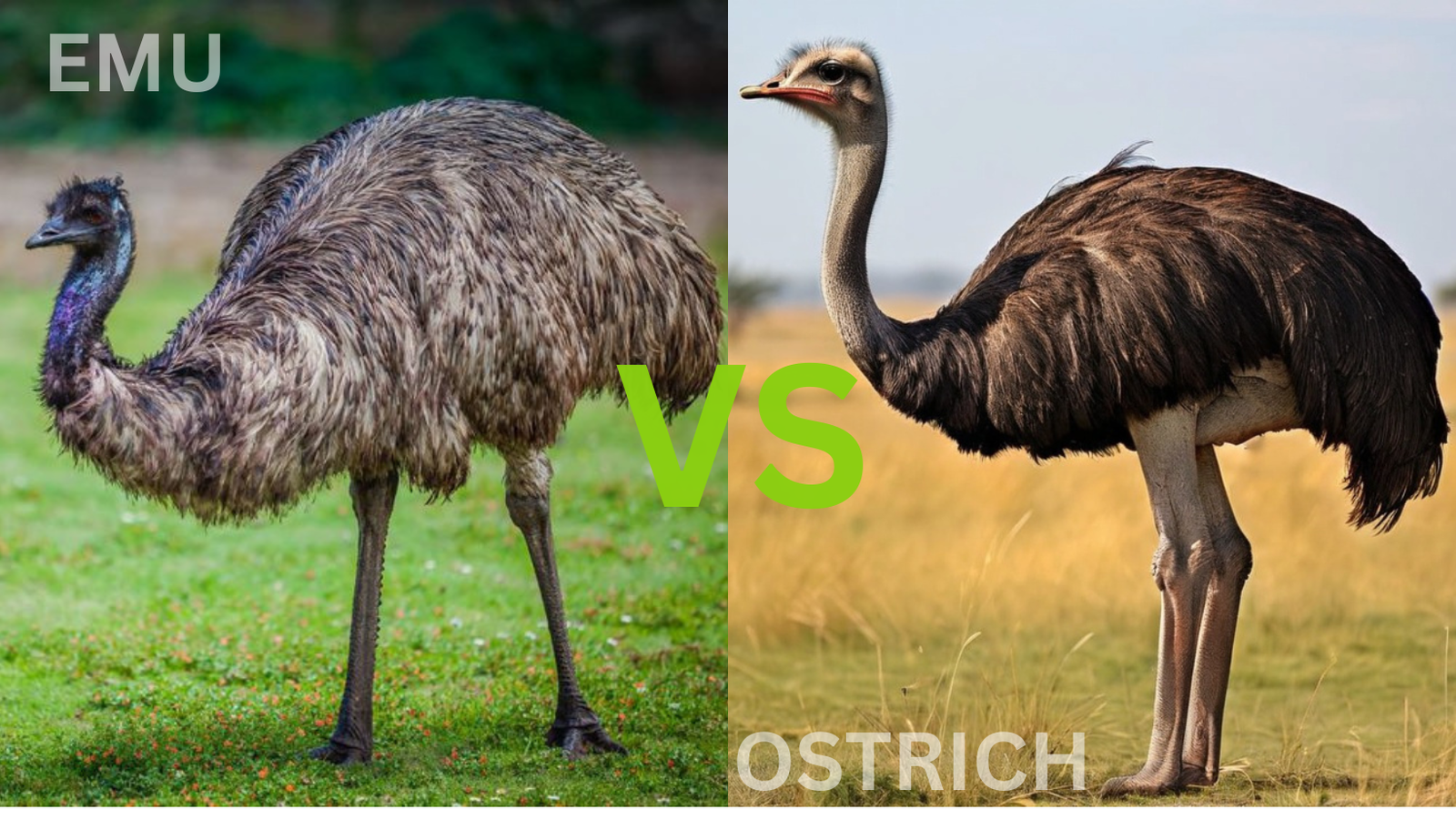Emu animal tall about 1.5 to 1.9 meters (5 to 6 feet), with long, powerful legs that allow it to sprint at impressive speeds of up to 50 kilometers per hour (31 miles per hour). One of its most defining traits is like its close relatives, the ostrich and the cassowary, the emu has small vestigial wings but is unable to fly. Its body is covered in shaggy, brownish grey feathers, which offer excellent camouflage in the wild, blending with the arid and bushy landscapes of Australia.
Emu Animal Eggs
Emu eggs are one of the most aspects of this large, flightless bird. These eggs are not only in size but also in appearance, nutrition, and their role in the reproduction cycle of the emu. Emu eggs are large, weighing around 500 to 700 grams (roughly 1.1 to 1.5 pounds), and they have a dark green, almost black shell.
A typical emu egg can be about ten times the size of a chicken egg, making it an impressive sight. While the large size is noticeable, the shell is also it has a slightly rough surface that provides further in the natural habitat, helping it remain unnoticed in the Australia.
Emus lay their eggs during the months in winter, when food is more plentiful, and conditions are ideal for raising their young. The emu process is quite unique compared to many other bird species. After the female lays the eggs 5 to 15 in a single the male sits on them for about 8 weeks, leaving the nest. During this time, he barely eats or drinks, focused solely on the safety and warmth of the eggs.
Emu Stuffed Animal

Emu stuffed animals are a popular choice for people who want a soft, cuddly reminder of this unique bird from Australia. These toys capture the emu’s features, providing a fun and educational item for children and adults alike. Emu stuffed animals are typically designed with long legs, fluffy feathers, and a playful expression that mimics the real bird’s quirky and endearing look.
One of the reasons emu stuffed animals are so beloved is the real emu’s soft, shaggy feathers. While an actual emu has brownish grey to blend into the Australian bush, the stuffed versions are often made with materials that replicate this texture, giving them a soft and cozy feel. Many stuffed animals also include the emu’s big, bright eyes, which reflect the birds and alert nature.
These toys often spark about animals from faraway places and can inspire an interest in birds, nature, and even Australia itself. Some stuffed animals are even paired with educational tags or come as part of a series with other Australian animals, such as kangaroos, koalas, or wombats, allowing for a more immersive learning experience.
Beyond their educational value, emu stuffed animals also make great gifts or decorations. Their unusual appearance stands out, making them a delightful addition to a child’s room or a fun gift for animal lovers. They can also be part of larger collections of bird plush toys or a way to a trip to Australia or an interest in wildlife.
Emu Animal Facts
The emu is a bird with many unique traits and behaviors that set it apart from other animals. As the second-largest bird in the world, after the ostrich, the emu is full of surprises that make it and subject for anyone interested in wildlife.
Native to Australia: They have adapted to the continent’s diverse landscapes and can survive in harsh conditions, even going for long periods without water when necessary.
Diet: Their diet includes fruits, seeds, flowers, insects, and small animals. Emus play an important role in seed dispersal, helping to maintain the health of Australia’s ecosystems by spreading plant species across large areas.
Male Incubation: One of the most aspects of emu reproduction is that it is the male who incubates the eggs. During this time, he loses a amount of body weight, but ensures the survival of the next generation.
Chick Development: Once the chicks hatch, they are able to walk and follow their father within just a few hours. These stripes gradually fade as the chicks grow older, and they begin to develop the adult emu’s shaggy feathers.
The emu is an animal that captures attention with size, unique behaviors, and vital role in both nature and human culture. From its large, eggs to the emu stuffed animals that bring its likeness into homes around the world, this flightless bird has made a lasting impact. It biology, such as the male’s role in incubating eggs and the chicks’ early independence, showcases the emu’s incredible strategies in the wild.Emus are more than just Australia’s iconic birds they contribute to ecosystems through seed.
FAQs
Is an emu an animal?
Yes, the emu is a large bird and is classified as an animal. More it is a member of the group, which includes other flightless birds like the ostrich and cassowary. The emu is native to Australia and is part of the animal kingdom.
What is an emu animal?
The emu is a large, flightless bird native to Australia. It is the second largest bird in the world after the ostrich. Emus are known for their long legs feathers, and ability to run at high speeds
What type of animal is an emu?
The emu is a bird, specifically a ratite, which is a category of large, flightless birds. Emus are part of the family and are closely related to ostriches and cassowaries. Despite being unable to fly, they are excellent runners and are adapted to living in diverse environments in Australia.
Are emus good farm animals?
Yes, emus can be good farm animals, particularly for farmers who want to their operations. Emus are farmed for various products, including their meat, which is lean and low in fat, and their eggs, which are large and nutritious.
Is an emu a farm animal?
Yes, emus can be considered farm animals, especially in certain parts of the world, such as Australia and the United States. Emus are often raised on farms for their eggs, meat, oil, and leather.





